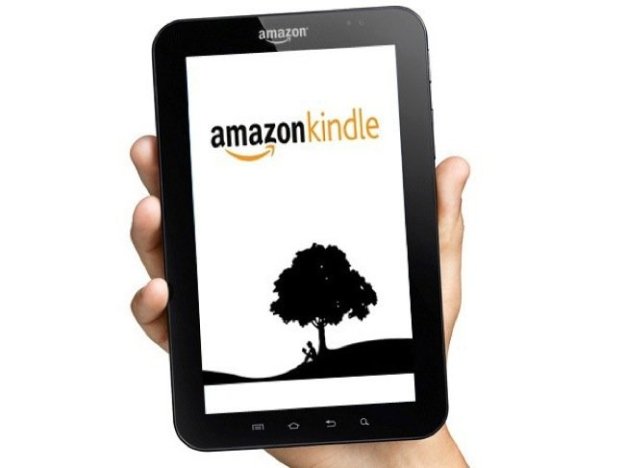
After HP’s TouchPad withered and died (before returning from the dead for one last wild ride) there were worries afoot that the tablet wars were cooling off before they even got hot. Now a fresh salvo has rocketed out of the cloud: Amazon announced today it is redesigning its site to be more tablet friendly. With Amazon set to release its Kindle tablet in the next few weeks, the coming redesign suggests the company is ready to put its full weight behind tablet computing.
It’s no light task changing up the world’s largest online marketplace. With the tablet market burgeoning and the smartphone market already a veteran force, it was probably about time for Amazon to polish things up. Kindle tablet or not, the iPad user base represents a huge market of shoppers that Amazon surely wants to court.
According to a Wall Street Journal report, the changes to the site’s home page include an enlarged search box and fewer buttons. There are larger white areas and less clutter, perfect for mobile users. So far, the redesign has only been rolled out to a small number of users.
Now, one certainly might wonder why Amazon would redesign their site to be tablet and mobile friendly when its already got a mobile app available. Judging by all the various kerfluffles this year over Apple’s App Store policies, Amazon may be moving away from Apple’s App Store altogether. And why wouldn’t it when it already has its own?
Amazon’s got one thing all tablet makers aside from Apple have lacked: a serious app and media store. Most tablet users prefer their devices for their ease of use, and as the iPad has shown, having a native app storefront can cut down on a lot of hassle. Plus, with Amazon’s massive customer base already identifying the brand for books and media, a full-on Amazon app store would have no trouble finding customers.
It looks like the final piece of the puzzle for the upcoming Kindle tablet, which is already expected to be a solid piece of hardware. The Kindle tablet will run a custom version of Android, and is likely to retail for $250. That’s well below the iPad2’s $499 starting price and probably right in the sweet spot of casual first-time tablet buyers. That, combined with Amazon’s shopping prowess, will make the Kindle tablet an interesting bit of hardware indeed.
Editors' Recommendations
- The 6 best tablets for watching movies in 2024
- How to share Kindle books with family and friends
- The best Android tablets in 2024: the 11 best ones you can buy
- The best drawing tablets for beginners and professionals
- I used AR glasses with Android tablets and iPads. Only one was good

